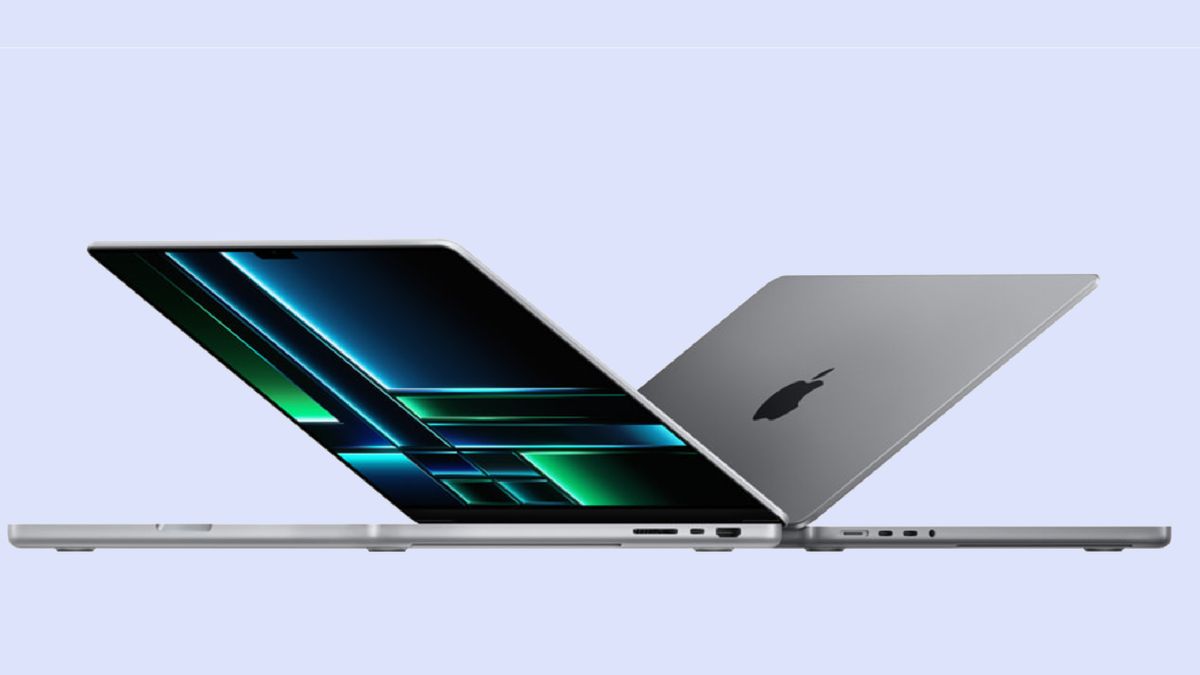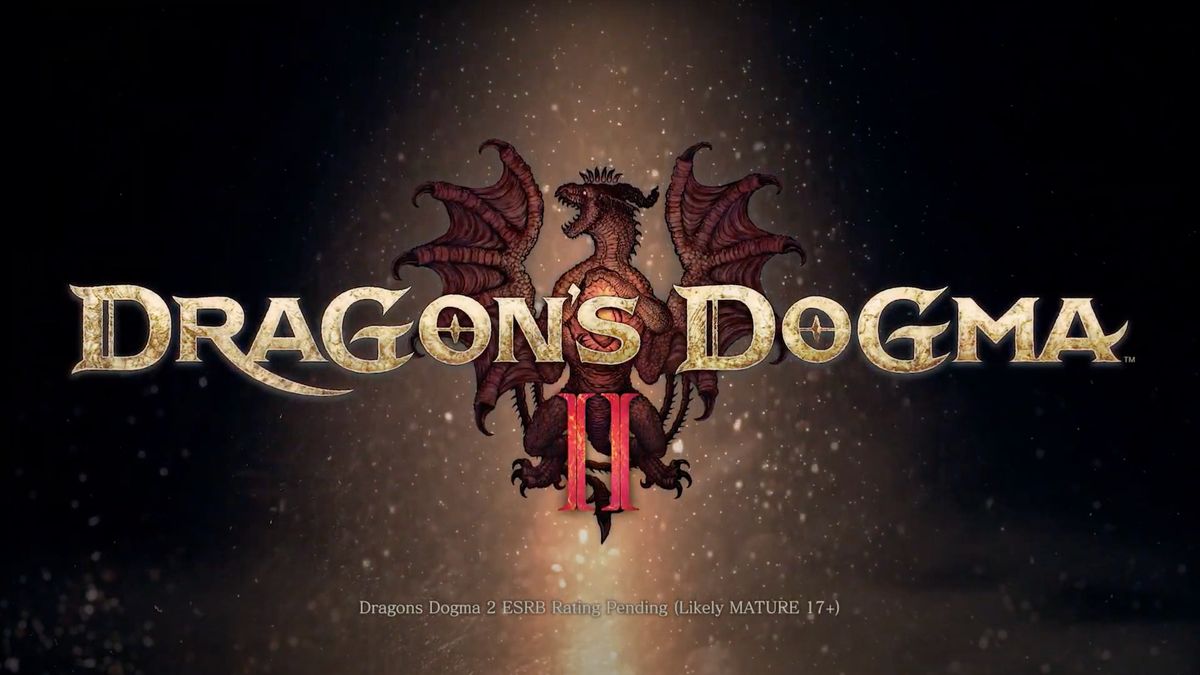Like the surprise album Beyoncé dropped a decade ago, the brand spankin’ new MacBook Pros came out of the woodwork on Jan. 16 in two chipset flavors (M2 Pro and M2 Max) and sizes (14 and 16 inches). As Apple’s unexpected announcement electrified the internet, many are wondering, “How do they differ from their predecessors?”
After all, some people already own a previous-generation 14-inch MacBook Pro, so they’re wondering whether the new variants deliver a significant generational leap that warrants an upgrade. Others don’t own a MacBook Pro at all, but want to know whether they’d get more bang for their buck by securing an older model — or would it be more prudent to get a new one?
If you fall into any of the aforementioned camps, worry not, because we’re about to dive into a comparative analysis that should expel any confusion. This particular face-off pits the 14-inch M2 Pro MacBook Pro against the 14-inch M1 Pro MacBook Pro, serving as a microcosm sample of whether Apple’s next-generation laptops deliver a major generation-over-generation improvement worthy of an upgrade or purchase.
| M2 Pro MacBook Pro (14-inch) | M1 Pro MacBook Pro (14-inch) | |
|---|---|---|
| Starting price | $1,999 | $1,999 |
| Display | 3024 x 1964 px | 3024 x 1964 px |
| Chipset | M2 Pro | M1 Pro |
| RAM | Up to 32GB | Up to 32GB |
| SSD | Up to 8TB | Up to 8TB |
| Ports | 3 Thunderbolt 4; headphone jack; SDXC reader, HDMI | 3 Thunderbolt 4; headphone jack; SDXC reader, HDMI (advanced) |
| Battery Life (hrs:min) | Up to 22 hrs (claimed) | 14 hrs and 8 mins |
| Geekbench (performance) | 15,130 (according to leak) | 12,477 |
| Size | 12.3 x 8.7 x 0.6 inches | 12.3 x 8.7 x 0.6 inches |
| Weight | 3.5 pounds | 3.5 pounds |
M2 Pro MacBook Pro (14-inch) vs. M1 Pro MacBook Pro (14-inch): Price
Does Apple want you to have any money in your bank account? No. But at least you can use your shiny new MacBook Pro as a coin collector when you beg for change on the streets. All jokes aside, both the M2 MacBook Pro and the M1 Pro MacBook Pro — whew, that’s a mouthful — have a starting price of approximately $2,000.
I say approximately because, yes, the current-gen MacBook Pro currently costs $1,999 on Apple’s official website (opens in new tab), and you’ll find its predecessor for $1,999 on Best Buy (opens in new tab), but some retailers, like B&H Photo, are discounting the base model of the M1 Pro MacBook Pro for to as low as $1,799. (opens in new tab)
With the M1 Pro MacBook Pro, the base model gets you an 8-core CPU, a 14-core GPU, 16GB of RAM, a 512GB SSD, and a 67W USB-C power adapter. Conversely, the cheapest M2 Pro MacBook Pro offers a 10-core CPU, a 16-core GPU, 16GB of RAM, and the same charger.
Back in 2021, if you wanted to bump your specs up to a 1TB SSD and 32GB of RAM on the M1 Pro MacBook Pro, you’d have to shell out a gnarly $2,899. It also came with a 10-core CPU, a 16-core GPU, and a 96W USB-C power adapter (B&H Photo (opens in new tab) is currently selling this configuration for $2,799).
For the same sticker price ($2,899) on the M2 Pro MacBook Pro, you can get a 12-core CPU, a 19-core GPU, alongside all the same RAM, storage and adapter as above.
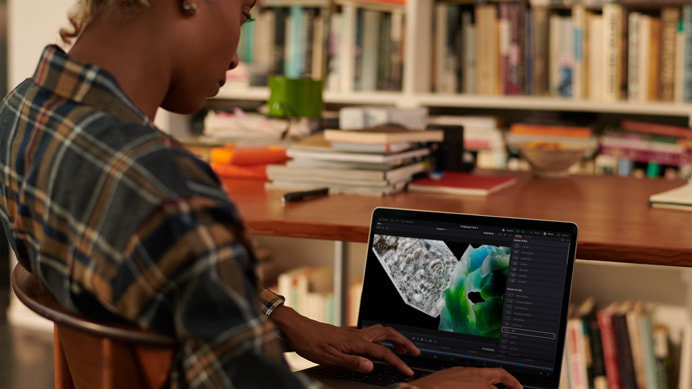
If you really want to go nuts, the priciest M2 Pro MacBook Pro — I’m talkin’ a 12-core GPU, 19-core GPU, 32GB of RAM, an 8TB SSD, a 96W USB-C power adapter, Final Cut Pro, and Logic Pro — be prepared to sell your soul to Satan. It will cost you a whopping $5,598.98, which is just a euphemism for “holy sh**, this laptop is nearly $6,000!”
Although the 14-inch M1 Pro MacBook Pro is also configurable with up to 8TB of storage, I could only find variants with this storage tier outfitted with the more powerful M1 Max chip (and a RAM bump to 64GB), setting you back nearly $5,299 on B&H Photo. (opens in new tab) (As you’ll see in the performance section, the M2 Pro delivers a significant performance bump over the M1 Max, so it’s not the smartest idea to get the aforementioned configuration over the new M2 Pro MacBook Pro).
The moral of the story is here is that you’re not going to save a huge chunk of change by purchasing the last-gen model, so you’d be better off snagging the new one.
You can buy the M2 Pro MacBook Pro (opens in new tab) now, but it won’t start shipping to consumers until Jan. 24.
M2 Pro MacBook Pro (14-inch) vs. M1 Pro MacBook Pro (14-inch): Design
I don’t know why this section is even here — the difference between the M2 Pro MacBook Pro and the M1 Pro MacBook Pro is zilch! Ideally, to mock how monotonous identical they are, I want to just drop the infamous Spider-Man Pointing at Spider-Man meme here and call it a day, but y’know, I’m a tech journalist and I have to be tHoRouGh! *Sigh*
Both the M2 Pro MacBook Pro and its predecessor share the same width (12.31 inches), depth (8.71 inches), and thickness (0.61 inches). They also weigh exactly the same. Like the 14-inch M1 Pro MacBook Pro’s chassis, its successor features a squared-off design with sharp corners and a flat lid.
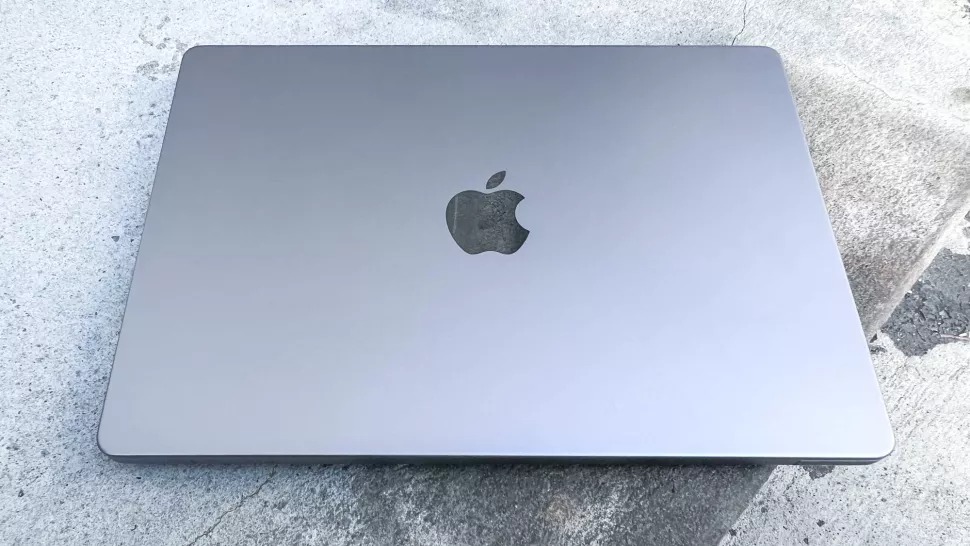
On another note, why is Apple trying to bore me to death with uninspired, dull gray hues that continue to be the sole option for the MacBook Pros? I wish this year were different, but nope, you get to choose between another “wide range of colors” this year: Space Gray and Silver. Whoop-dee-doo! On the plus side, you can’t deny that the MacBook Pro’s chassis is sleek, sophisticated, and urbane — nothing says “Look at me, I’m a big shot!” like lugging around a laptop with a lustrous half-eaten Apple as its logo.
Unlike the 13-inch MacBook Pro (2022), you won’t find a Touch Bar on the deck, which I’m sure no one is throwing a tantrum about. Seeing as the M2 Pro MacBook Pro is externally no different from its predecessor, I checked out our review of the 14-inch M1 Pro MacBook Pro, and Laptop Mag Editor-in-Chief claimed that it’s outfitted with the “best iteration of the Magic Keyboard to date,” gushing over its springy feedback and comfortable keys. There’s no doubt in my mind that the new MacBook Pro will deliver the same fantastic experience because, well, they’re exactly the same damnit.
M2 Pro MacBook Pro (14-inch) vs. M1 Pro MacBook Pro (14-inch): Display
In another episode of Move Along, Nothing to See Here, the M2 MacBook Pro continues to jack the M1 Pro MacBook Pro’s style in the display department. It’s worth noting that while Apple touts these two laptops as having 14-inch panels, they’re actually 14.2-inch displays. That extra 0.2-inch comes from the notch area that houses the 1080p FaceTime HD camera — exciting stuff, huh?! (Yes, that was sarcasm.)
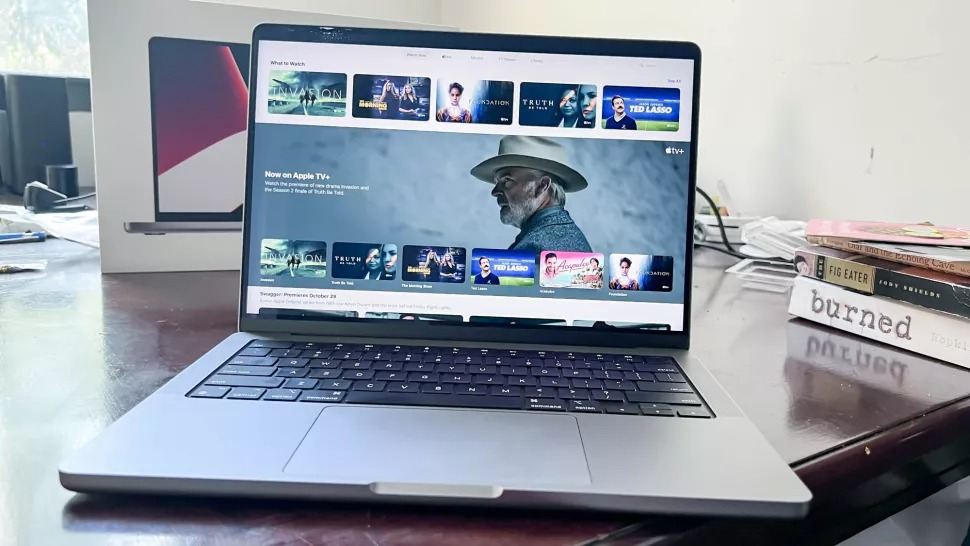
Both mini-LED panels are outfitted with ProMotion technology, allowing the adaptive refresh rate to climb up to 120Hz. As such, if you want to dive into some zippy light gaming and ferocious editing, the screen should facilitate your fast-paced workflows. The Liquid Retina XDR displays on these laptops deliver a native resolution of 3024 x 1964 at 254 pixels per inch.
Since the M2 Pro MacBook Pro’s display is a carbon copy of its predecessor, we decided to tap into our test results of the M1 Pro MacBook Pro. It measured 77.6% on the DCI-P3 color gamut, which is mediocre — especially since it falls below the color gamut coverage of the average premium laptop (83.9%). However, the M1 MacBook Pro delivered a killer Delta-E score of 0.19 (closer to zero is better), which means that it’s elite when it comes to color accuracy. The color accuracy score of the average premium laptop is 0.25.
Although Apple claimed that the M1 Pro MacBook Pro can deliver a sustained brightness of 1,000 nits (and it’s making the same claim for its successor), the best we’ve seen was 488 nits. As such, I’m sure we can expect the same lies — er, I mean “luminance” — on the M2 Pro MacBook Pro.
M2 Pro MacBook Pro vs. M1 Pro MacBook Pro: Ports
The snoozefest still continues here, but there are some minimal upgrades worth mentioning.
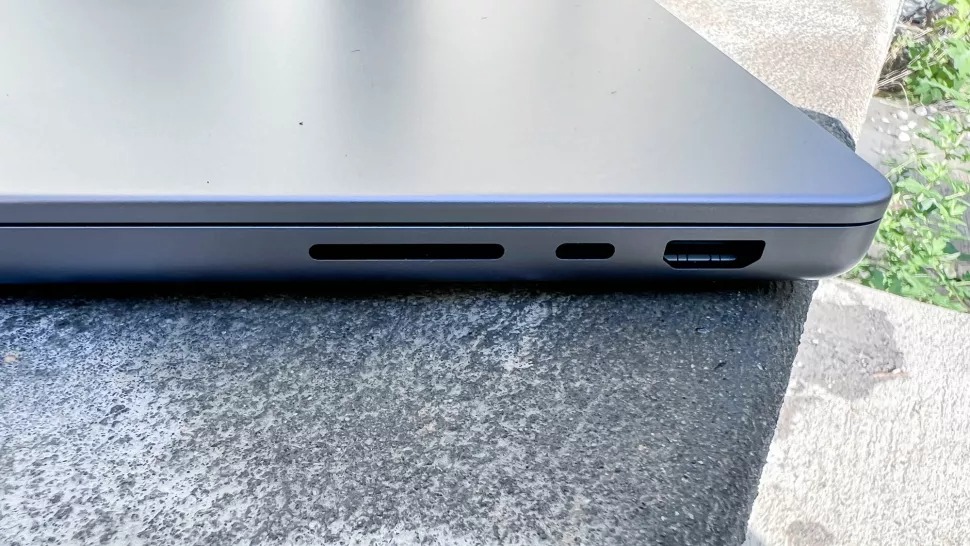
On the right side of both models, you’ll find an HDMI port, Thunderbolt 4, and an SDXC card slot. On the left, you’ll find two more Thunderbolt 4 ports, MagSafe 3, and a headphone jack. What’s different, however, is the new HDMI port, which now supports 8K displays up to a refresh rate of 60Hz.
Since we’re talking about connectivity here, it’s worth noting that the new M2 Pro MacBook Pro adds Wi-Fi 6E to the mix (up from Wi-Fi 6).
M2 Pro MacBook Pro vs. M1 Pro MacBook Pro: Performance and graphics
Sweet relief! We’ve escaped the drudgery of uniformity and entered an arena where competition can finally thrive. If you’re a content creator seeking monstrous performance boosts, this is where the M2 Pro comes into play.
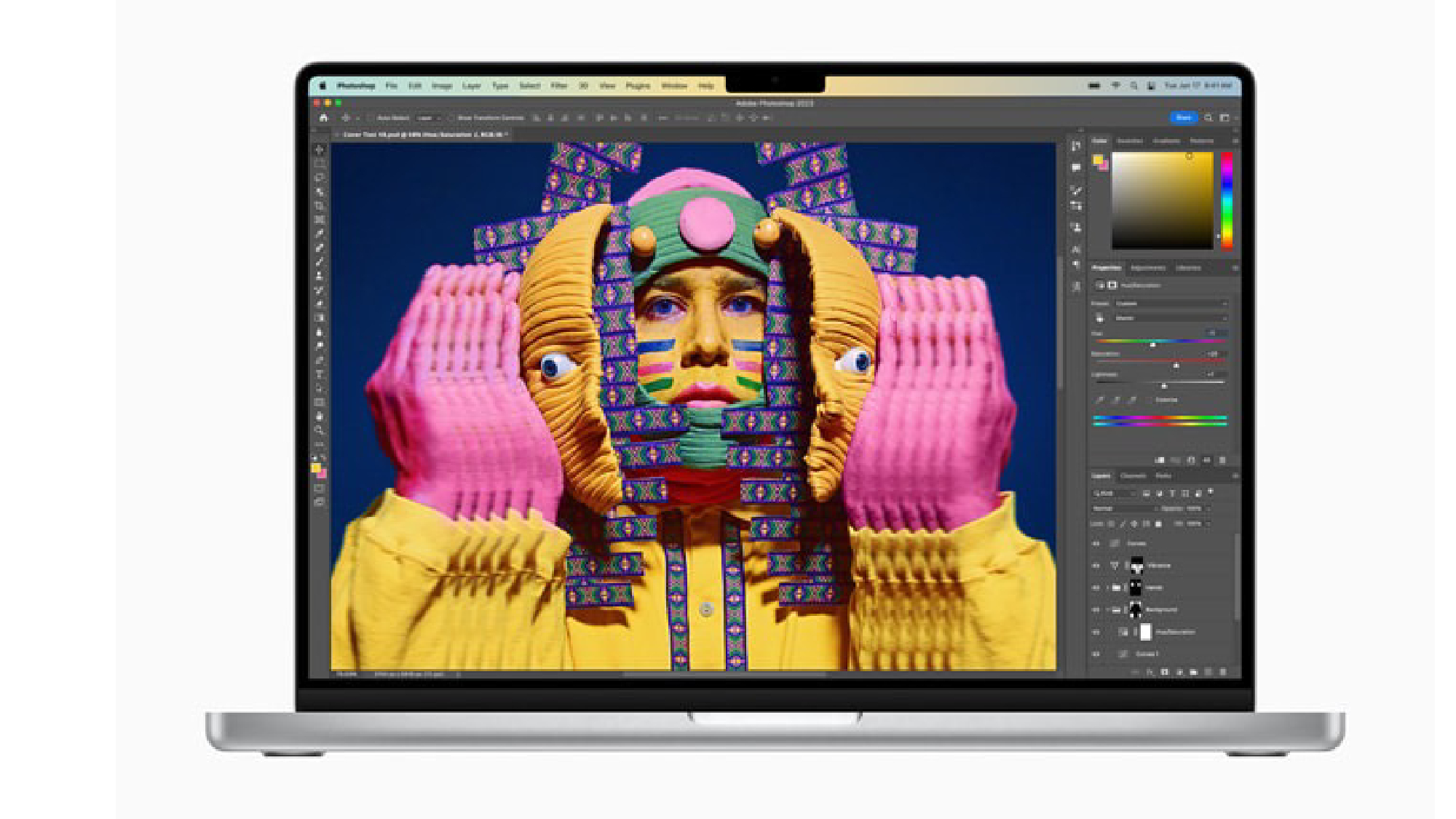
The M1 Pro came in two chipset flavors: one with a 10-core CPU and 14-core GPU or another with a 10-core CPU and 16-core GPU. The M2 Pro, on the other hand, comes with either a 10-core CPU and 16-core GPU or a 12-core CPU and 19-core GPU. In other words, with the M2 Pro chip sporting more cores, this means that it can do more calculations and tasks simultaneously compared to its predecessor. Win!
“[The M2 Pro’s] powerful media engine lets you play and edit multiple streams of 4K and 8K ProRes video,” Apple boasted, “and the up to 19-core GPU provides a huge boost in graphics performance.”
According to Apple (opens in new tab), the M2 Pro-outfitted MacBook Pro can render titles and animations in Motion up to 20% faster than the M1 Pro MacBook Pro. Compiling in Xcode is 25% faster and image processing in Adobe Photoshop is 40% faster. Wow!
Looking at our performance results for the 14-inch M1 Pro MacBook Pro, which demolished its competitors, the M1 Pro knocked it out of the park with a stellar Geekbench 5.4 multi-core score of 12,477. According to a leak (thank you MacRumors), the M2 Pro chip delivered a spectacular multi-core score of 15.130!
On the Handbrake video editing test, which tests how fast a laptop can transcode a 4K video to 1080p, the M1 Pro-packed MacBook Pro left the competition in its dust with a zippy transcoding time of four minutes and 51 seconds. The average premium laptop takes 9 minutes and 36 seconds to complete the same task. I have faith that the M2 Pro will help the MacBook Pro slash that transcoding time to about three minutes, but that’s just a guess. We’ll update this article once we have the results.
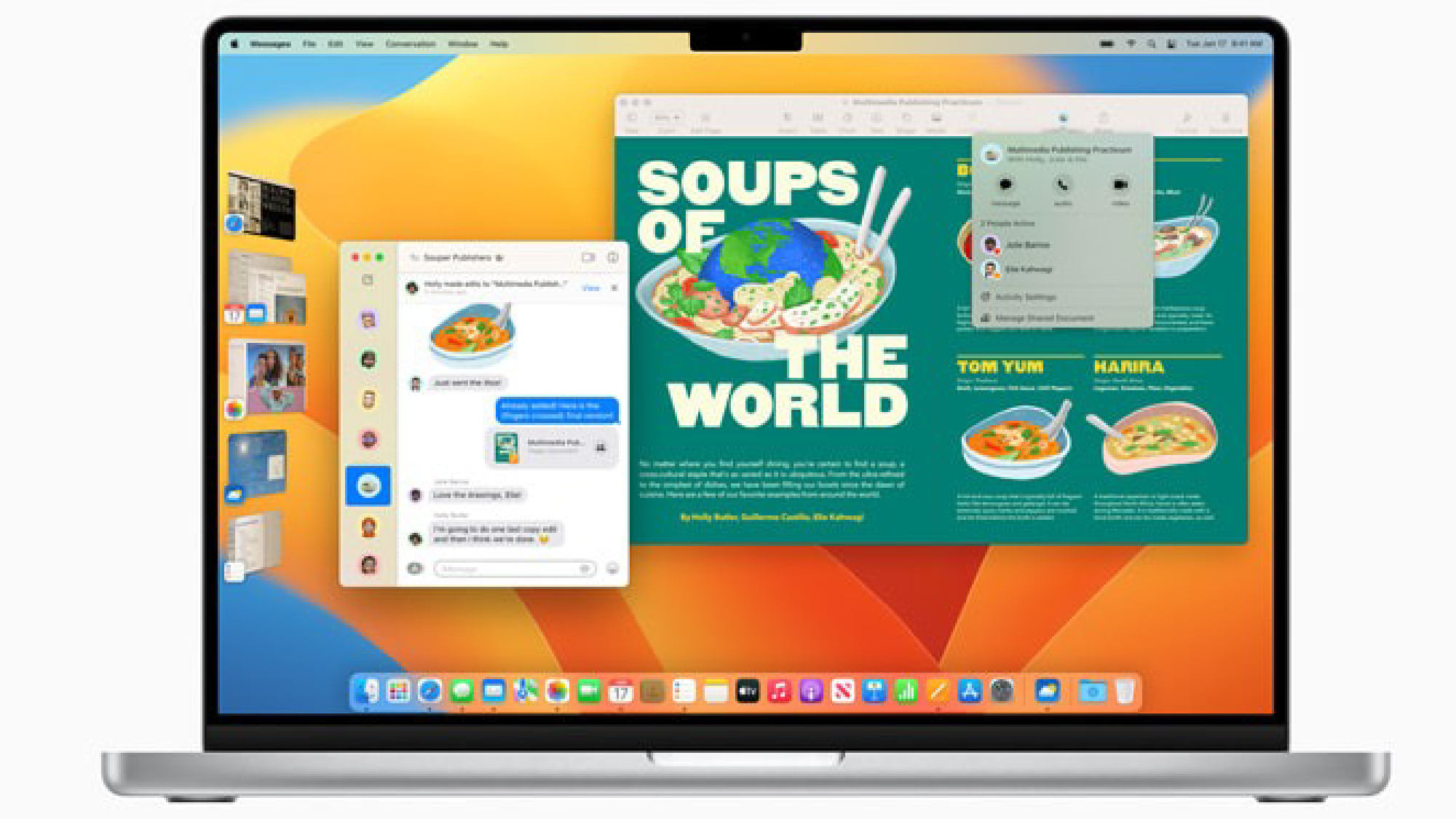
No, the MacBook Pro isn’t the best option if you’re looking to play your favorite triple-A games (because it’s clear that Apple doesn’t really care about MacBook gaming). But let’s put a pin in the fact that on the Rise of the Tomb Raider benchmark, the M1 Pro MacBook Pro ran the game at 39 frames per second. Once we get the gaming results for the M2 Pro MacBook Pro, we’ll compare it to its predecessor to see how much of a performance jump we’re getting with the new chip.
M2 Pro MacBook Pro vs. M1 Pro MacBook Pro: Battery life
Take a look at our laptops with the best battery life page. I don’t know if Apple thinks it’s Bad Bunny (or maybe Taylor Swift), but it keeps dominating the charts when it comes to power efficiency.
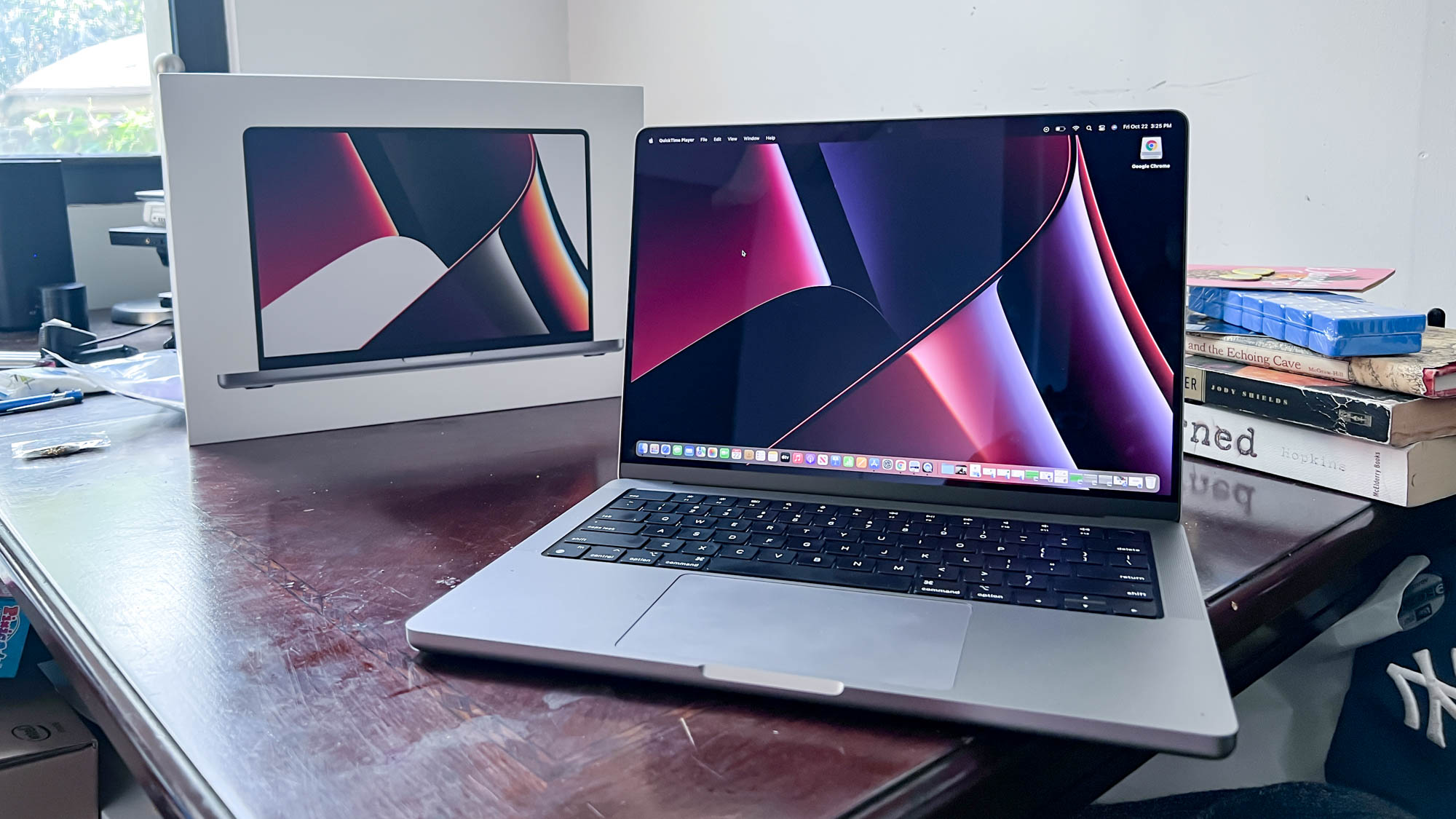
I always wondered, “Which laptop will be the one to knock the 13-inch M2 MacBook Pro, boasting an 18-hour runtime, off its best battery life throne?” The underdog lover in me secretly hopes it’s a non-Apple laptop, but let’s be real, there’s a good chance that the M2 Pro MacBook Pro could snatch the crown. After all, according to Apple, the M2 Pro MacBook Pro could deliver up to 22 hours of battery life. The Cupertino-based tech giant says this is the longest battery life ever in a Mac.
Typically, when it comes to battery life claims, I’m a skeptic, especially when it crosses into 20-hour runtime territory. But my analysis of how honest OEMs are when it comes to battery runtimes tells me that Apple, believe it or not, is actually the most trustworthy. As such, not only will we potentially get the longest-lasting Mac, but we may also get blessed with the most power-efficient laptop we’ve ever tested. Woot!
Bottom line
With such minor tweaks to the M2 Pro MacBook Pro, it’s no wonder Apple quietly unleashed the next-generation model without much fanfare.
If you’ve learned anything from this comparative analysis (besides the fact that I’m a sarcastic wiseass), I hope you got the memo that the last-gen model isn’t significantly cheaper compared to the current-gen MacBook Pro — at least not yet. As such, you’d be better off just getting the new MacBook Pro (if you don’t own one at all). Twenty-two hours of battery life and an extra kick of performance is too sweet to pass up.
However, if you already own an M1 Pro MacBook Pro, should you upgrade? I’m leaning toward yes. The generation-over-generation performance boost is pretty significant. The upgrade would be particularly beneficial for on-the-go video editors, animators, and other professional content creators (especially with Wi-Fi 6E now in the mix).

